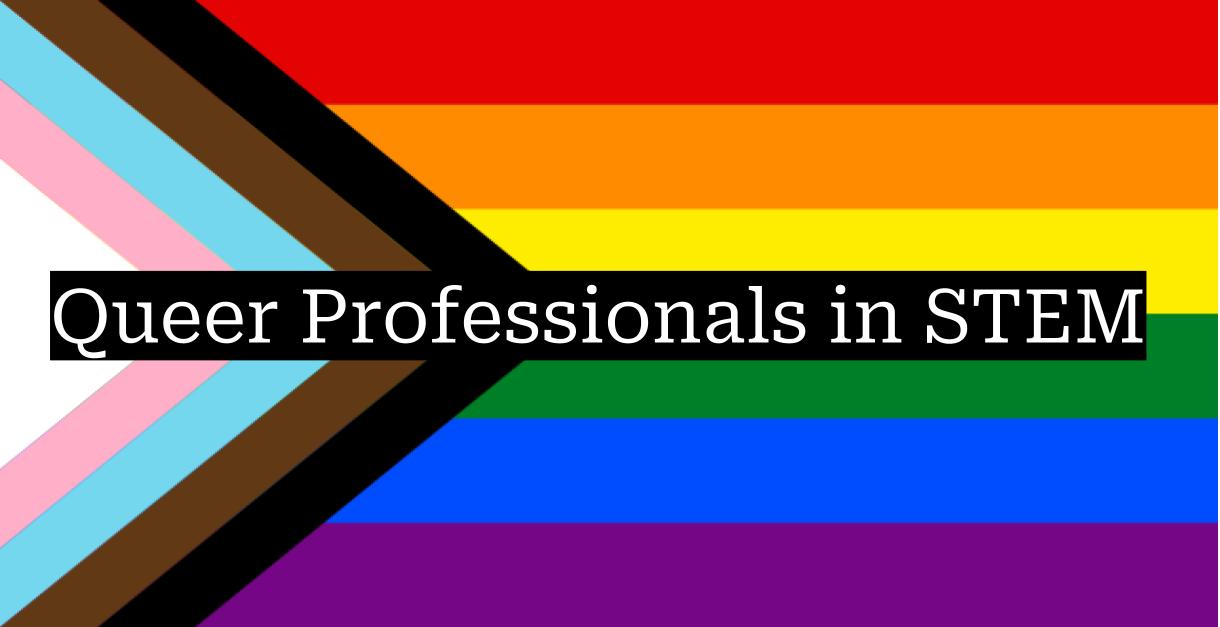Project Description

Documentary Focus
This archive has been built to highlight members of the LGBTQIA+ community and their contributions to the STEM field--a recognition that has historically been marginalized and supressed. While this archive is not a comprehensive look at everything this community has contributed within the field, it should serve as an entry point to learn about significant findings, creations, as well as the people behind them. Throughout this archive are records belonging to, or about, notable figures in STEM history: Alan L. Hart, MD; Sally K. Ride, PhD; Paul Erdős, PhD; and Alan Turing. Their fields and identities are all different, but their individual and collective impact on the world as we understand it today should not be understated.
Archival Practices and Concepts
Provenance - The traditional view of "provenance" in an archive space has been historically exclusive to the types of records and perspectives being archived. As Michelle Caswell notes, "The principle of provenance traditionally prescribes both that records made by different creators be kept separately, and that their original order is maintained" (Caswell, 2016). While provenance began as an organizational principle as noted by Caswell, it has begun to evolve into a contextual and descriptive matter as well. For the purpose of this archive, an emphasis on societal provenance is maintained. Tom Nesmith explains the necessity of this concept when he writes, "Social circumstances shape what information may be known, what may be recorded, and what may not, and how it may be recorded, such as in the medium chosen. These circumstances affect who has information and why, and who may have access to it" (Nesmith, 2007). Much like Jeannette Bastian's "Community of Records" (Bastian, 2006), which understood the power of the oppressor in historical circumstances and its influence on recordkeeping (or lack thereof), this archive strives to stay relevant to its documentary focus while contextualizing their existence and records through a socially-conscious lens.
Community Archive - When speaking to the importance of community archives--which are generally archives created through grassroots initiatives focused on preserving the records of a community internally--Michelle Caswell writes, "Although any records--regardless of the type of institution stewarding them--have the potential to produce affective impact, we posit that community archives have been at the forefront of documenting and responding to communities, and producing both affirmations of existence and feelings of belonging among the community, members they serve" (Caswell et al, 2016). Utilizing the principles established from community archives, the Queer Professionals in STEM archive aims to remain independent and community-involved; for this reason, the authors have implemented both a "Feedback" and a "Share" feature on each page of it to allow members of the community to interact directly with the records and subjects.
Criteria for Record Selection
While acquiring and assessing various records from each of this archive's subjects, the goal remained to display and inform upon a broad range of materials that captured a glimpse into both the professional and personal life of each person. After all, this is an archive for Queer Professionals in STEM, and the records needed to reflect these two identifiers. The records themselves are derived from varied sources, however, most frequently they are from existing online/digitized collections. During record selection, the guiding motivation had always been respect and community, as such the authors of this archive followed the principles outline on the "What is 'Queer'?" page to ensure that the focus retained an ethical integrity for all of those involved.
Target User Groups
The target user group for our archive are queer STEM professionals who want to learn more about the history of queerness in the field: its historical use as an exclusionary tool by scientific leadership and general society, and the important contributions that queer STEM professionals have made to the field. As Montana et al. (2023) establish, “the culture of science is characterized by who is in power in scientific institutions”. Therefore, the field in general has been shaped by majority attitudes, beliefs, and biases, that have systematically excluded minority populations such as women, people of color, and in this case, queer-identifying individuals (1). Queer-identifying STEM professionals' engagement with our archive can be both informative and emotional, as the items are both evidence of oppression as well as evidence of achievement. Our archive may also be appealing to a bevy of secondary users: members of the general queer community (not affiliated with STEM), members of the general STEM community (not queer-identifying), and students/scholars of the gender studies field.
Archiving, as a historical practice, has often been associated with the humanities field rather than the STEM field. Given this association, it is common for both physical and digital archive collections to be constructed with a humanities-focused user in mind, rather than sciences-focused users. Therefore, we must challenge those models. Our target users also have a multi-layered identity as both STEM professionals and queer-identifying individuals. Thus, both of these layers will influence their needs for use. Immonen (2022) discusses the concept of queer heritage, and cites Cvetkovich’s (2009) work on the creation of “queer archives”: “the queer archive essentially refers to traumas of the past and the processing of them through art” (Immonen, 56). Taking this perspective into account, it is important for queer users of the archive to feel completely welcomed into the space and encouraged to reflect and process the materials.
The unique needs of our main target user group can be identified as ease of access, ability for reuse, clarity of user interface (that is not just targeted to humanities professionals), and the ability to both see oneself in the archive (cultural memory) and interact with this community within the archive. Firstly, to address the needs of the STEM community, our archive will be designed with the user experience in mind. A focus on UX design was cited by participants in Marsh et al.’s (2023) study examining archival use by scientific anthropologists as a critical need for archives (367). Secondly, to address the needs of the queer community, our archive will be designed as a collaborative space that actively invites the user to reflect on and provide feedback about the materials.
Perspectives
Returning to the concept of a "Community of Records" (Bastian, 2006) it becomes clear that the records chosen for this archive stem from a place of oppression; while most of these records are directly by the focus, some are derived from federal sources and even journalistic sources that are not entirely representative of the person, but rather their time. These records were included to encourage discussion and growth in areas where the official language and sentiment were once willfully ignorant, and to encourage sources to do better at representing the LGBTQIA+ community. Along with these records, the subjects themselves are represented by their work and their writings; ideally, this serves the purpose of giving a voice to a community that has been silenced within the STEM field and elsewhere, however, the perspectives are limited by the fact that not all of the focus' had lengthy materials to pull from (which becomes even further limited by the availability and access to place records in this archive from other sources). These limitations point to a larger issue in this topic, regarding LGBTQIA+ recordkeeping as well as the history that has been censored despite the importance of their work.
